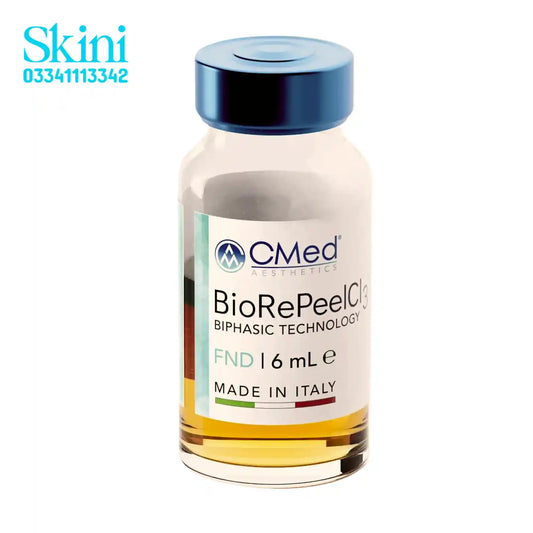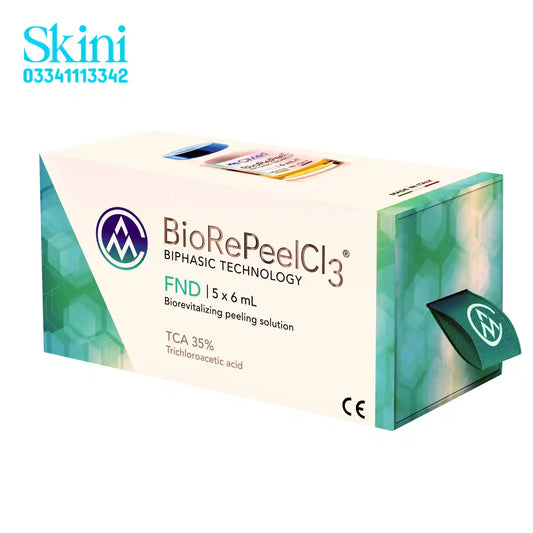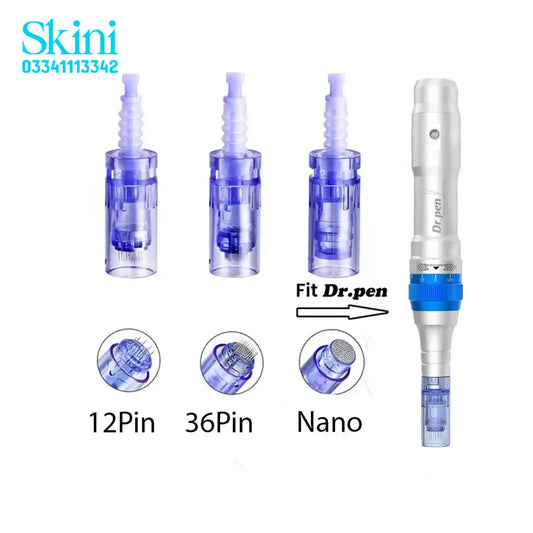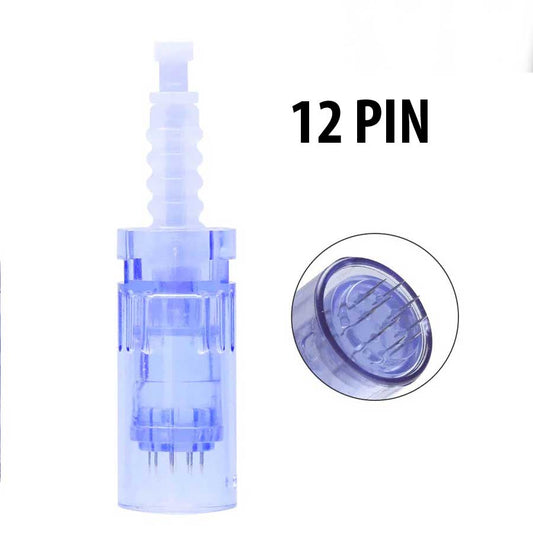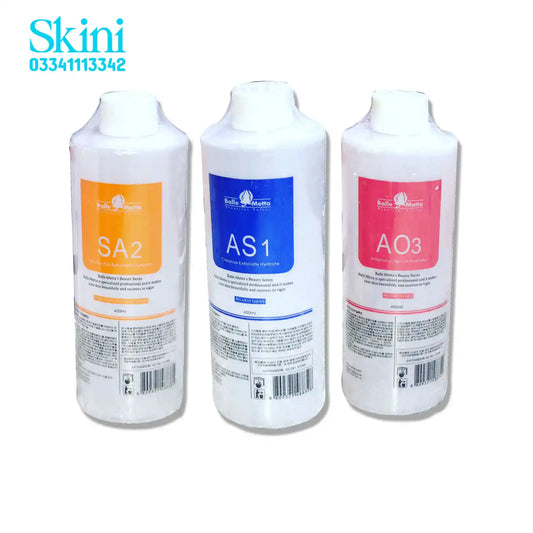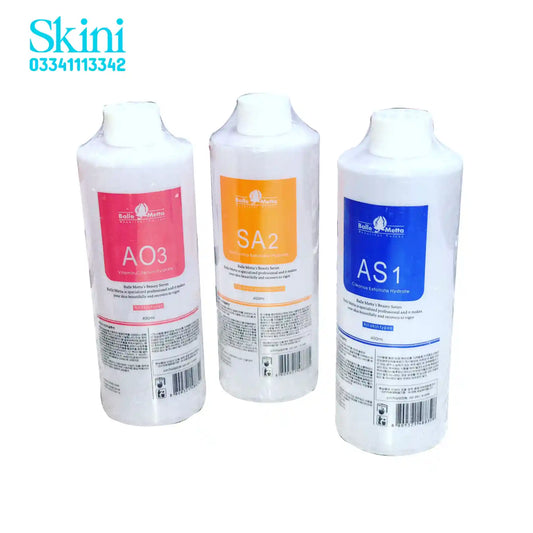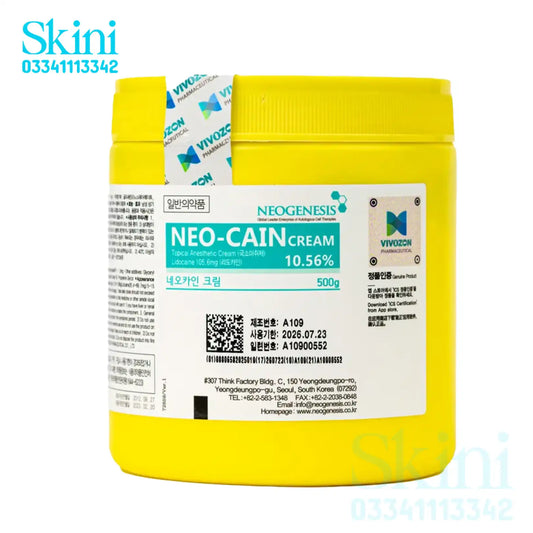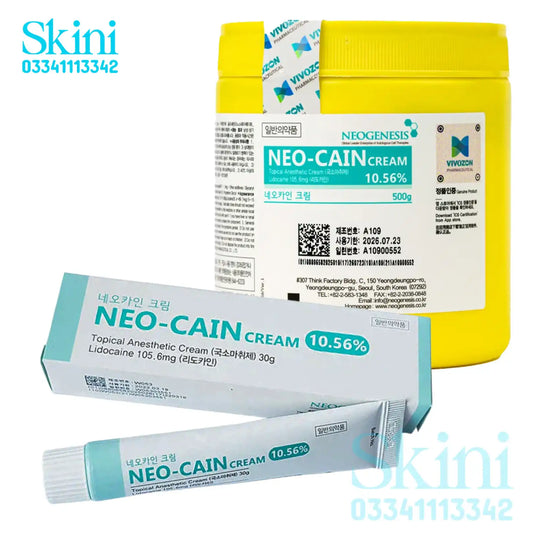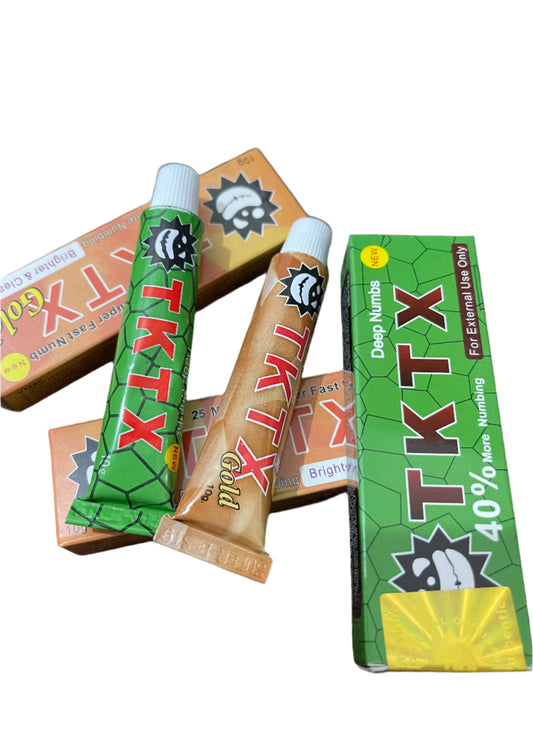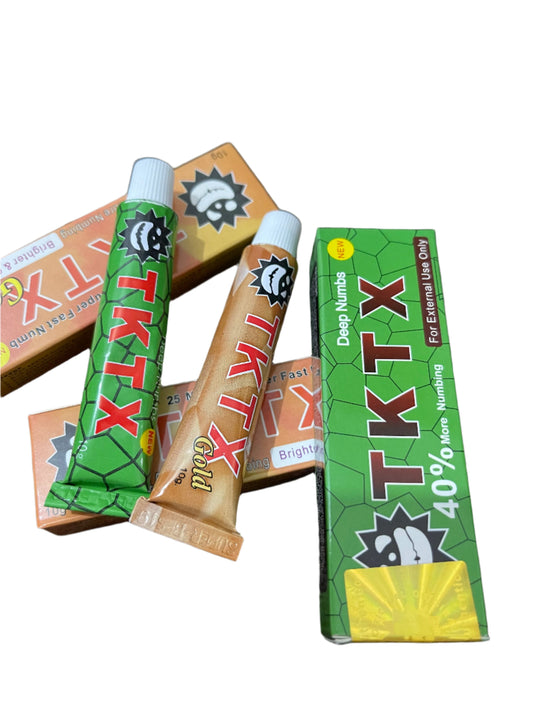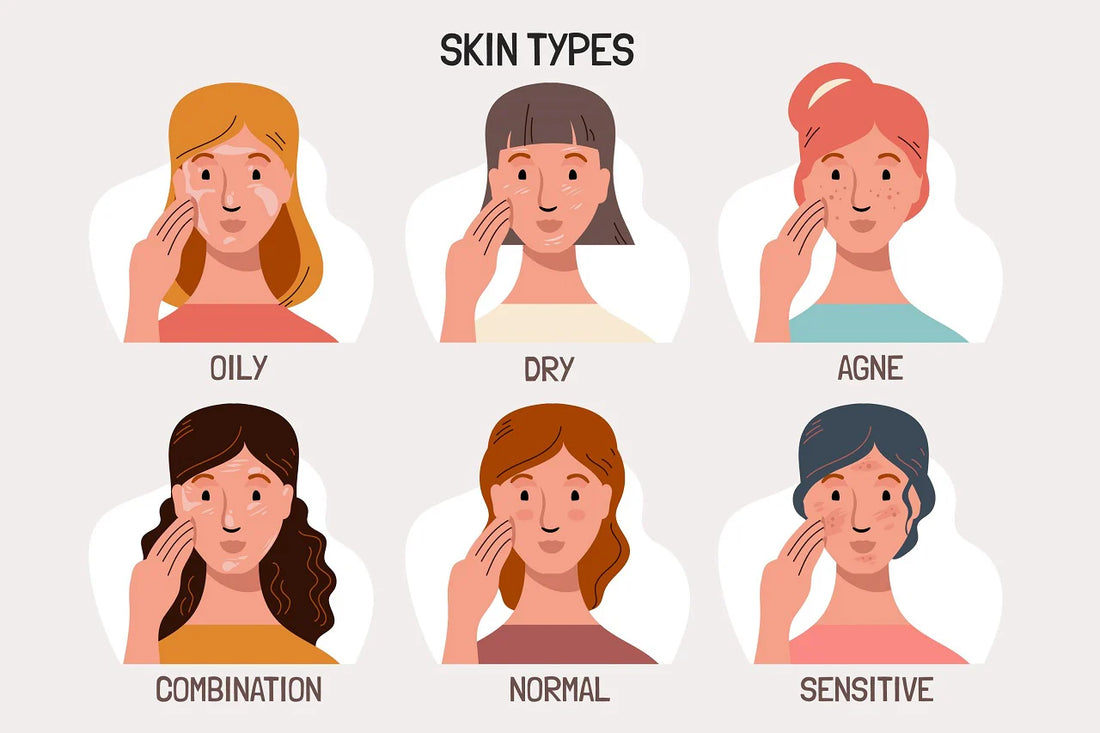
Understanding Your Skin Type for a Targeted Skincare Routine
Having a clear understanding of your unique skin type is the foundation of any effective skincare routine. By knowing your skin type, you can select products and ingredients that address your specific needs and concerns. This helps you achieve healthy, radiant skin over time.
What Are the Different Skin Types?
While every person's skin is unique, skin types generally fall into five main categories:
Normal Skin
Normal skin has a balanced oil and moisture level. It is smooth with minimal pores, even tone, and few blemishes or flaky patches. Normal skin requires minimal maintenance to stay healthy and radiant.
Key Characteristics:
- Balanced oil and moisture levels
- Minimal visible pores
- Radiant, even tone
- Few blemishes or flaky areas
- Healthy appearance
Dry Skin
Dry skin lacks sufficient moisture and oil. It may feel tight or rough with a dull, uneven tone. Dry skin is prone to flakiness, fine lines and wrinkles, redness, and irritation. Moisturizing and gentle care is key for this skin type.
Key Characteristics:
- Lack of moisture
- Tight or rough texture
- Flakiness
- Redness
- Dull, uneven tone
- Early fine lines and wrinkles
- Itchiness or irritation
Oily Skin
Oily skin produces excess sebum, leaving a shiny, greasy appearance. It is prone to breakouts, blackheads, enlarged pores, and a thick texture. Managing excess oil is the main focus for caring for oily skin.
Key Characteristics:
- Excessive sebum production
- Shiny or greasy sheen
- Enlarged pores
- Breakouts and acne
- Blackheads and whiteheads
- Thick, heavy texture
Combination Skin
As the name suggests, combination skin exhibits both oily and dry characteristics. The T-zone (forehead, nose, and chin) tends to be oily, while the cheeks and parts of the face are dry. Caring for combination skin requires a customized approach.
Key Characteristics:
- Oily T-zone, dry cheeks
- Enlarged pores on nose and forehead
- Occasional breakouts in oily areas
- Tight or flaky patches on cheeks
- Uneven texture throughout face
Sensitive Skin
Sensitive skin is reactive and delicate. It is easily irritated by skincare products, environmental factors, and other triggers. Redness, stinging, and dry patches are common with sensitive skin, which requires gentle ingredients and care.
Key Characteristics:
- Reacts to many skincare products
- Easily irritated by weather, sun exposure, etc.
- Redness and flushing
- Dry, tight patches
- Stinging or burning sensation
- Itchiness and inflammation
Putting It All Together for Your Skin Type
Use this guide as a roadmap for determining your skin type and customizing an effective, personalized skincare routine. Here is a recap of the key steps:
- Analyze your bare skin's characteristics using the skin type identification methods.
- Categorize your skin as normal, dry, oily, combination or sensitive based on the results.
- Build your routine using the skincare tips and product suggestions tailored to your skin type.
- Adjust as needed based on how your skin responds after 1-2 months of your new regimen.
- Tweak for seasonal changes that impact your skin's needs.
- Get professional advice from a dermatologist or esthetician for stubborn skin issues.
- Pamper your skin with regular facials, masks and treatments for an added boost.
Proper skincare means treating your skin with patience and care. By understanding your unique skin type, arming yourself with the right products, and showing commitment, you will reveal your healthiest, most radiant complexion.



